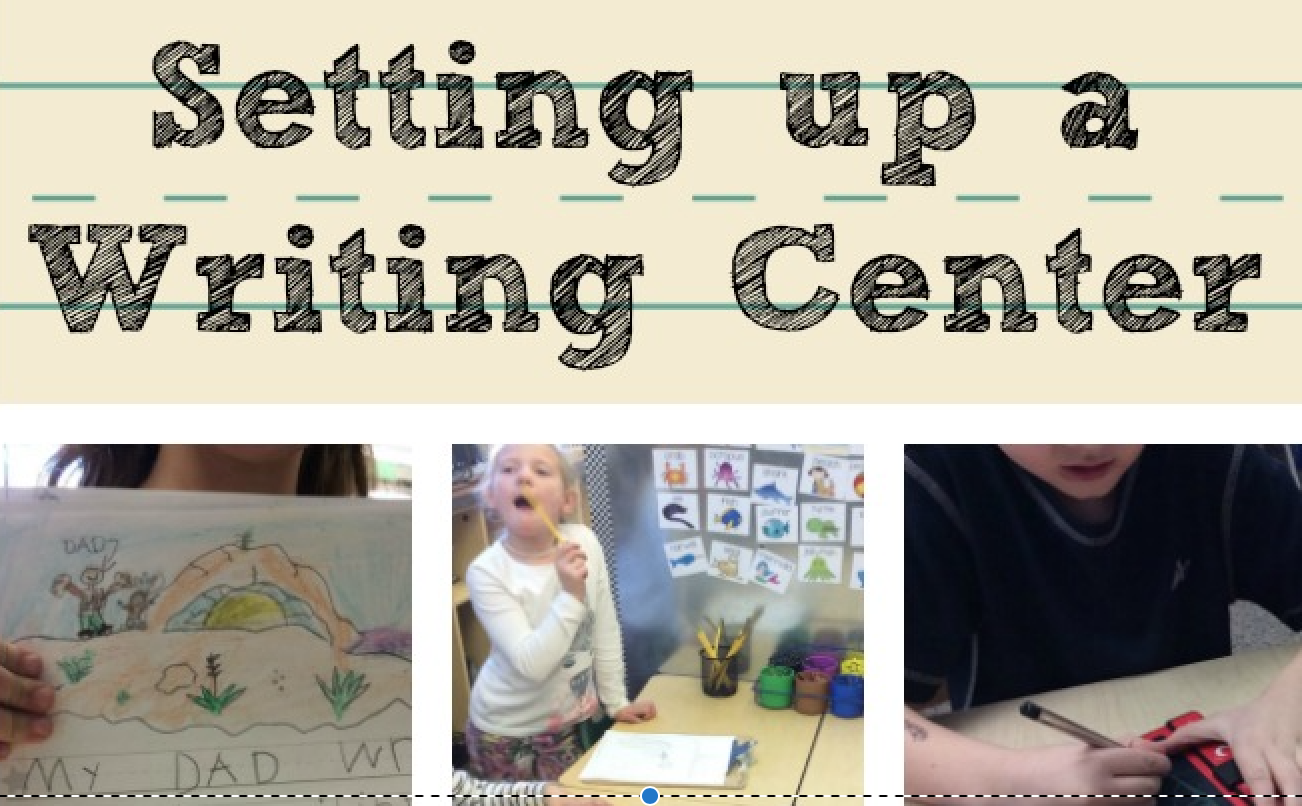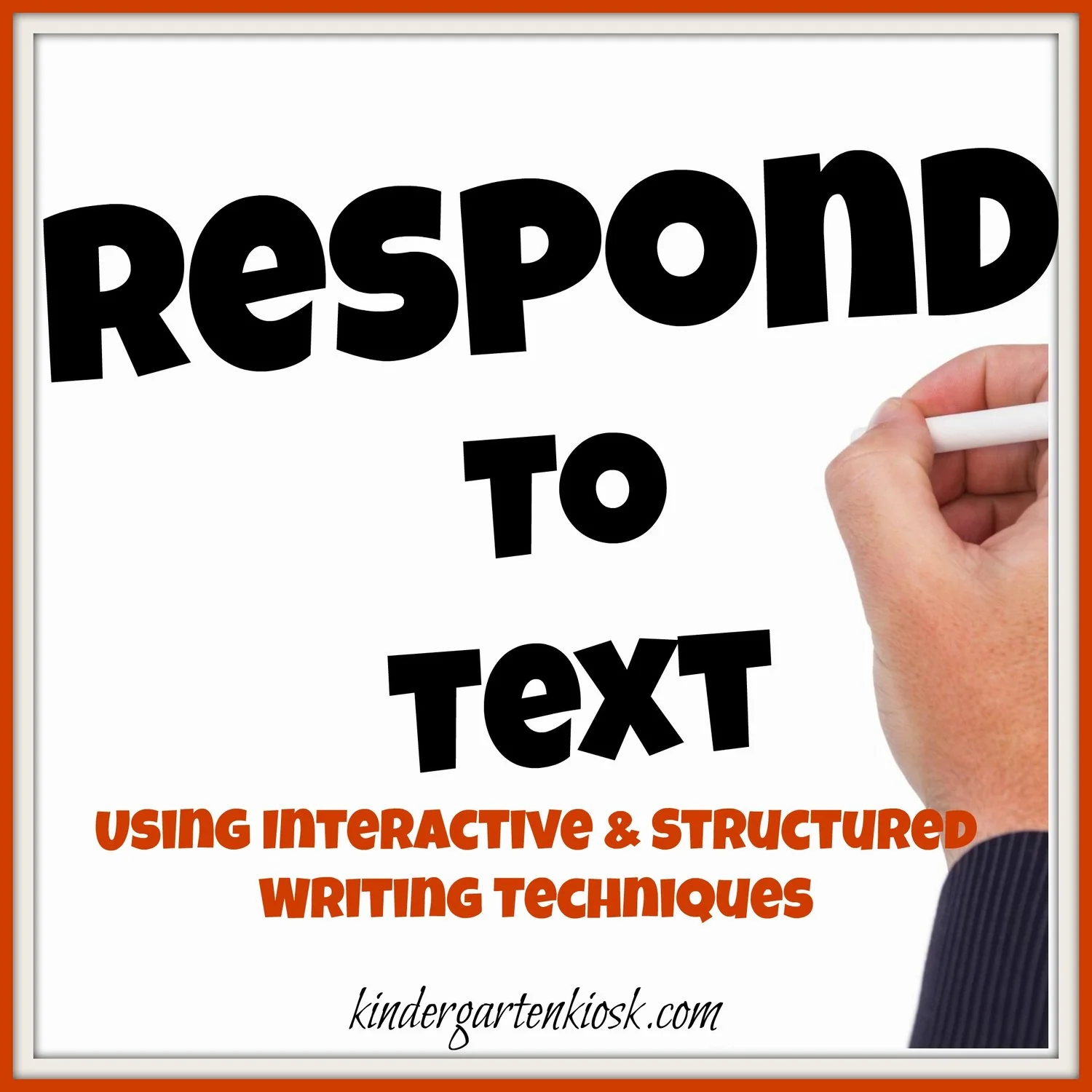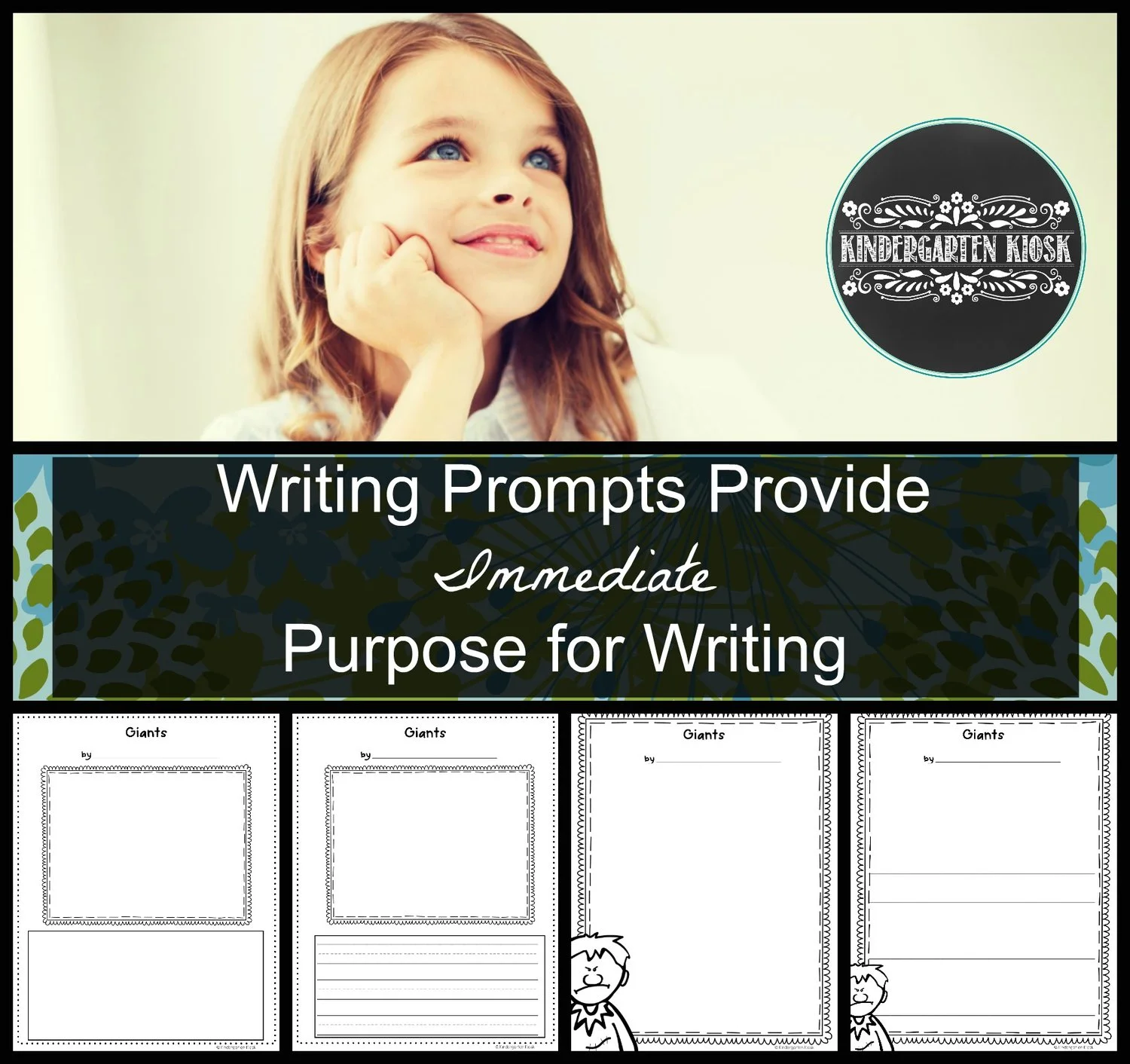As the trend as-of -late is to offer less homework to increase family time, I agree with the Duke University study that concludes that although students shouldn't be doing hours of nightly homework, they should be doing homework. Dr. Cooper, Professor of Psychology and Neuroscience states that homework should be thought of as dietary supplement. If you do not take it you won't have any dietary advantage. If you take too much, it will have ill effects.
Read MoreOral blending is a precursor to decoding or sounding out words. Developing a strong foundation in blending will help students make a faster and smoother transition when reading words.
Read MoreTeaching a child to rhyme is phonological awareness. Teaching a child to connect auditory rhymes to the written word is phonics. Both are essential skills when teaching a young child to read and both can be taught through word families!
Read MoreWhen young children have mastered the alphabet letter names and know more than half of the letter sounds, hooray! But with that sigh of relief comes the reteaching and reteaching of those pesky vowels!
Read MoreI use the assessments below in my classroom. I have used and perfected these assessments for over 15 years, and I truly believe them to be the perfect kindergarten and Pre-K assessment packets. And yes, they are strategically linked to Core Standards.
Read MoreSchool must be so much more than worksheets and assessments, it must be an opportunity for students to flourish and grow in many areas. A place to become empowered to take risks, fail often, and try again.
Read MoreCall them what you will, Reader's Theater, Partner Plays, or simply, what it is, reading for fluency and comprehension. No matter the name or the purpose, young children love to read, practice, rehearse and perform! Students love these books and their headband costumes!
Read MoreYou can create a space in your classroom for students to experience and practice newly acquired writing skills independently by making a writing center. A writing center is a great spot to foster interest and provide independent opportunities.
Read MoreInteractive or structured writing is when the teacher guides group writing. All children participate in the composing and even construct various aspects of the writing. Students experience writing for a purpose and with meaning.
Read MoreStudents will read more quickly and effectively when given appropriate strategies for reading and instructed on how to match those strategies to reading situations.
Read MoreMy former colleague Mary Spiker is currently living the dream. She has just won the honor of Idaho Teacher of the Year and has been spending this week in Washington with the other 49 winners as guests of the White House. She has been posting amazing experiences on her Facebook page and I've been eagerly following her on this adventure. I received a message from her yesterday that really touched me and made me reflect on how important colleagues are in our professional life. This is her message:
Read MoreIntegrating music into the elementary school curriculum occurs at varying degrees. At the very basic level students perform or respond to a piece of music. This is the kind of music integration that occurs in the classroom when we sing welcome songs as our students enter the classroom or play a simple melody when it's time to clean up. At a higher level of integration a piece of music can be used to teach a concept from the core curriculum. These kinds of integrations occur when we sing the ABCs, a counting song, or a simple melody to help children remember their math facts. The highest levels of integration ask students to learn music content alongside core content, learning music vocabulary, concepts, and skills in tandem with other academic concepts.
Read MoreDuring Shared Writing the teacher guides children to compose messages using a combination of writing. For beginning writers to understand what writing is and to cognize the connection between spoken and written language, the teacher must continually model the writing process by using the think aloud strategy - that is to verbalize the writing process as it is being executed. In subsequent sessions the teacher gradually solicits the student’s assistance as they begin to identify sounds and name letters in words; the teacher acknowledges and writes the letters in the correct placement.
Read MoreWhether you are planning a graduation like I am, a celebration, or simply want some great end of the year songs to celebrate your classroom community, here are some great choices for you!
Read MoreI received a set of 6 paint Kwikstix Thin Stix from The Pencil Grip Company to review. I liked them so much, that I just ordered a large set for my classroom, from amazon! These thin sticks are able to reach the small spaces that my regular size Kwickstix couldn't reach. I love these stick! They are easy to use, vibrant colors, and not messy at all! Perfect for young children.
Read MoreGuided writing is a time when the teacher provides guidance, mini-lessons, and scaffolded support to move students within their zone of proximal development (ZPD). This type of writing is based on the works of Vygotsky (1979). Children are encouraged to solve their own problems with teacher assistance.
Read MoreOne of the best ways to satisfy the need for writing daily is by using writing prompts. Using prompts is an easy way to keep students engaged and excited about writing. They help prevent writer’s block, inspire creative and independent thinking, and give students a level of comfort when asked to take risks.
Read MoreThe last semester of the kindergarten year should be spent developing independence, moving from guided writing to independent writing.
Independent writing is the end goal of modeled, shared, structured, interactive, and scaffold or guided writing. As students learn the tools of self-expression and gain confidence in their mastery of writing conventions, they will become independent writers, and love the process. To optimize this move to independence, provide students with purposeful anchor charts.
Read Moren addition to working with numbers, kindergarten students should also be introduced to measurement and data. As students work to meet three standards of Measurement and Data, they note measurable attributes such as length and weight, make comparisons, as well as sort and categorize information. Through exploration in these areas students gather, organize, analyze, and interpret information about the world around them.
Read More



















